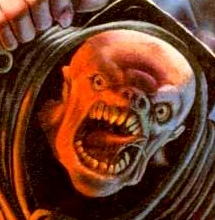Hairspring diagnosis Guba 1050
-
Similar Content
-
Recently Browsing
- No registered users viewing this page.
-
Topics
-
Posts
-
this brand name has been around since the 1880's, they made what was called dollar watches, easy to look up on the web, most are not expensive but that does not take away sentimental value, the model number might be hard to find as this style could have been made for several decades.......
-
What's the diameter of the opening? Would a large part, such as a setting lever spring from a pocket watch, fit? How do you treat pallet stones? Do you place the entire pallet fork in it?
-
As I mention above, the 10ml Moebius Fixodrop bottles have a metal gauze, so no need to spend £££ on a bottle.
-
Thanks for the info. I’ll check out the Ali version of the moebius ones.
-







Recommended Posts
Join the conversation
You can post now and register later. If you have an account, sign in now to post with your account.
Note: Your post will require moderator approval before it will be visible.